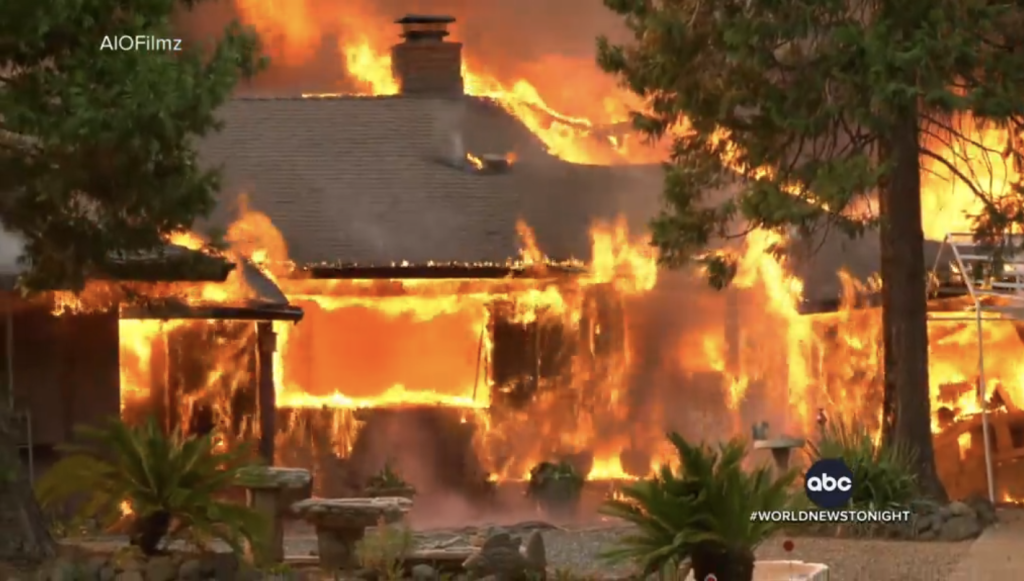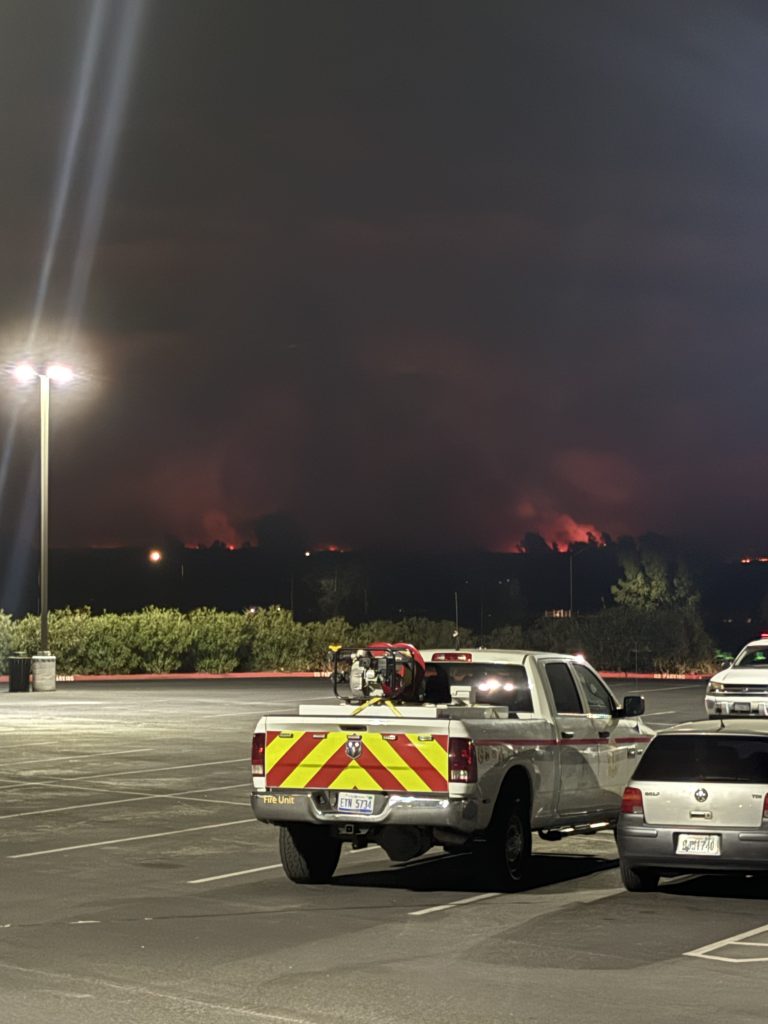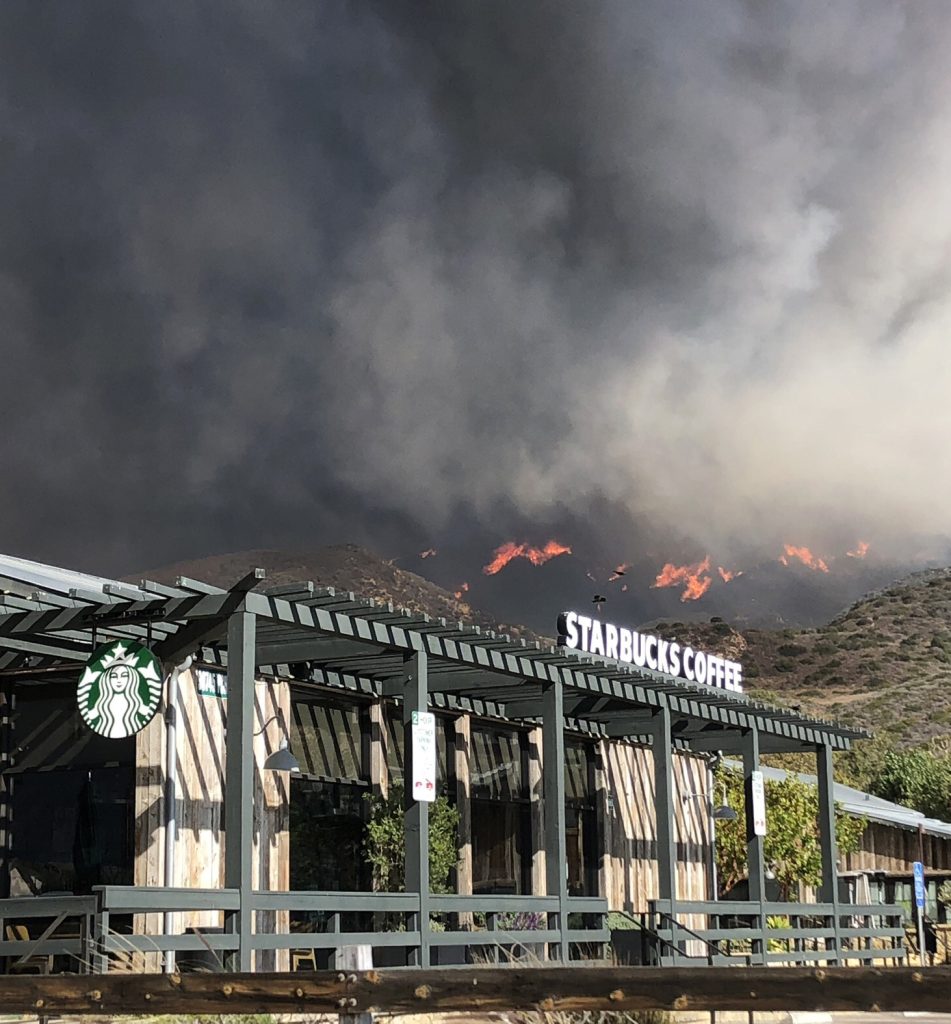Staggering summer heat has raised wildfire risk exponentially this year with significant new growth as a result of the wet winter season.
According to statistics from California from CalFire 626,000 acres have burned to date in 2024.

Currently the Park fire is raging in Northern California with over 300,000 acres burned at zero containment.


A CalFire official said there was a 1600% increase in acres burned in 2023 compared to the previous year in the same timeframe, and “if the future is any indication of what has occurred already this year, it’s going to be a challenging season for firefighters across the state.”
In June, California saw more than 30 fires, the first major wildfire of 2024 in southern California, the Post Fire, was the first wildfire in LA County near Gorman, California. The fire burned approximately 15,500 acres. With multiple fires burning simultaneously in Northern California in the same month, California fire authorities were forced to call an “early start” to wildfire season.
Approximately four fires locally posed a potential risk to the Malibu/Santa Monica Mountains region. The fires, located in neighboring Ventura County, were monitored by area officials.
“The wildfire situation throughout the West has continued to escalate, and unfortunately I think will escalate considerably further in the days to come,” Daniel Swain, a climate scientist at UCLA and the National Center for Atmospheric Research, said in a recent briefing reported by NBC News. “The last 30 days have been the warmest period on record for a very large portion of California and the West.”
IN THE WAKE OF WOOLSEY
In 2018, the Woolsey Fire started on November 8th, at the boundary between Los Angeles and Ventura County during one of the fiercest Santa Ana Winds seasons in recent history.
The fire devastated the region burning 96949 acres, with approximately 600 homes lost in Malibu alone. The property loss totaled at $6 billion.

Authorities in many of the damaged communities declared that they needed to prevent residents from returning as neighborhoods were crowded with crews repairing downed power lines and other hazardous conditions. In the months after the fire, residents criticized what they thought was a slow and inadequate response by cities and counties during public meetings held by public officials.
Some areas of Malibu were closed off to residents for as long as two weeks prompting community members, local businesses and even a local security company, IPS (International Protective Services) to pool resources until evacuation orders were lifted.



As a result of the Woolsey Fire, local officials and residents have been forced to add to their arsenal of fire protection strategies.
Malibu City Public Safety Director Susan Duenas revealed three wildfire detection cameras, and their capabilities, monitored by the city.
With a record number of insurance companies pulling out of California, protecting your life and property from catastrophic weather events and natural disasters has inspired private companies like IPS, to include security solutions for disaster prone communities like Malibu.
IPS began patrolling for their local clientele since shortly before the Woolsey Fire giving them hands-on experience dealing with extremely hazardous conditions. This unique perspective and commitment to level up protection for their clients culminating in the expansion into the aviation space.
IPS’s Global Aviation Division includes a fleet of state-of-the-art drones, conceivably the first step in wildfire prevention, which are equipped with high-resolution cameras, thermal imaging technology, forward looking infrared (FLIR) and real-time data transmission capabilities.


“Our drones and aircraft are for detecting fires, floods and potential criminal or natural situations that create peril to lives and property. California is all about quality of life and experiencing everything this beautiful state has to offer, especially the area along the Santa Monica Mountain Basin all the way to the Pacific. IPS wants to protect that.” said Aaron Jones, IPS CEO.
IPS is currently in the pilot program stages and are offering subscription based clients these specialized services, a necessity in affluent rural communities who remain a consistent target for natural and man-made disasters.






Leave a Reply